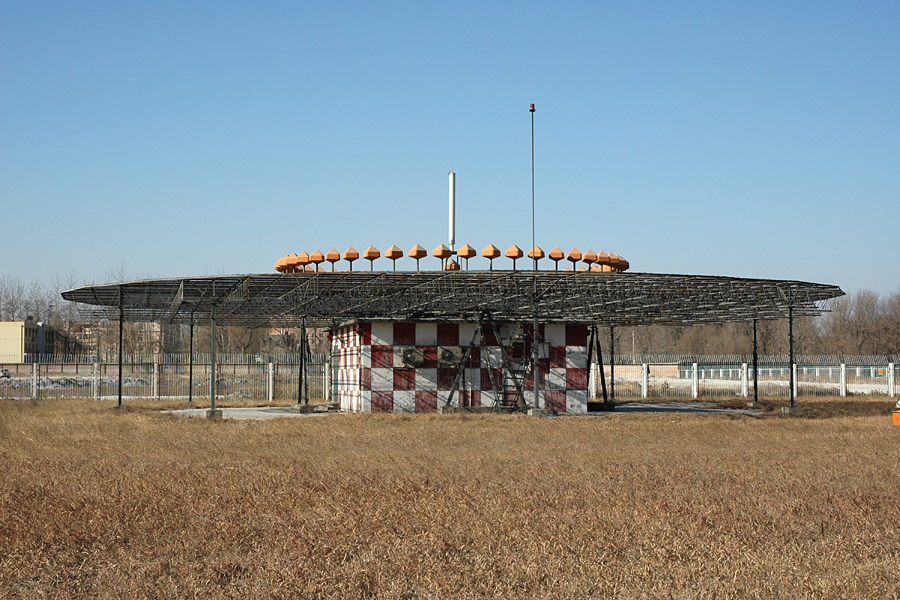In the modern cockpit, pilots are constantly balancing technical precision, situational awareness, and decision-making. One of the most fundamental skills that underpins all of this is aeronautical navigation—the science and art of determining an aircraft’s position and guiding it safely to its destination.
For aspiring pilots, especially those preparing for their Commercial Pilot Licence (CPL), a strong grasp of navigation is essential. In this article, we’ll break down what navigation really involves, the techniques pilots use, and why this subject remains a core pillar of aviation education.
What Does Navigation Mean in Aviation?
Navigation in aviation is far more complex than just following a route from Point A to Point B. Aircraft operate in three dimensions, often without visual references, across varying weather systems and controlled airspace. Pilots must accurately determine their position, plan their route, and make real-time corrections — all while adhering to air traffic control instructions and safety regulations.
The Four Primary Methods of Navigation
1. Pilotage
- Involves navigation by visual reference to landmarks such as roads, rivers, and buildings.
- Most useful under VFR (Visual Flight Rules).
- Commonly used in early stages of pilot training and short-range flights.
2. Dead Reckoning
- Navigation based on a previously determined position, adjusted for known speed, time, and heading.
- Requires wind correction calculations and a solid understanding of meteorological impact on flight path.
- A fundamental skill in CPL ground training.
3. Radio Navigation
- Uses ground-based navigation aids such as:
- VOR (VHF Omnidirectional Range)
- DME (Distance Measuring Equipment)
- NDB (Non-Directional Beacon)
- Pilots interpret signals received in the cockpit to determine aircraft position and orientation.

4. Satellite-Based Navigation (GNSS/GPS)
- Modern aircraft increasingly rely on satellite navigation systems for accurate, real-time positioning.
- Offers global coverage, high reliability, and is vital under Instrument Flight Rules (IFR) or in remote areas.
Tools Pilots Use for Navigation
- Aeronautical Charts: These specialized maps show terrain, airspace boundaries, and radio aids.
- Flight Computers (E6B/CX-3): Essential for solving time, speed, wind correction, and fuel calculations.
- Navigation Logs: Used to plan and monitor the flight route, fuel usage, and estimated arrival times.
- Flight Management Systems (FMS): Integrated systems in modern aircraft that manage flight plans and guide the autopilot.
From Planning to Execution: How Pilots Navigate a Flight
A pilot’s navigational responsibilities begin well before takeoff:
- Pre-Flight Planning
- Reviewing weather forecasts and NOTAMs (Notices to Airmen).
- Preparing the route using aeronautical charts and selecting alternates.
- Calculating wind corrections and estimated times using flight computers.
- Enroute Navigation
- Monitoring progress through GPS or radio aids.
- Making in-flight adjustments for wind, weather deviations, or ATC reroutes.
- Ensuring fuel status and time estimates remain within safe limits.
- Arrival & Approach
- Transitioning to instrument procedures and precision approaches.
- Coordinating with ATC for descent and landing clearance.
Navigation in the CPL Ground Curriculum
At Eazy Pilot, navigation is one of the five core subjects taught during our DGCA-approved CPL ground school program. Students learn:
- How to read and interpret topographical and enroute charts.
- How to calculate headings, fuel burn, and time enroute.
- How to prepare navigation logs and deal with wind correction angles.
- Fundamentals of radio navigation and GPS-based systems.
This training lays the theoretical foundation for your future flying experience — both in simulator and actual aircraft.
Why Strong Navigation Skills Matter
Even with the most advanced avionics on board, a professional pilot is expected to have independent navigational competence. Technology can assist, but the pilot remains the final authority. A clear understanding of navigation ensures:
- Operational safety, especially in GPS-denied environments.
- Flight efficiency, saving time and fuel.
- Compliance, with ATC instructions, airspace regulations, and contingency planning.
Final Thoughts
Navigation is not just a subject to be passed in your DGCA exam — it’s a mindset, a discipline, and a daily responsibility in the cockpit. As aviation evolves, the tools may change, but the principles remain timeless.
At Eazy Pilot, we believe in preparing students not only to pass exams, but to perform confidently as future airline professionals. Our weekend ground school program is the perfect starting point for Class 12 students to build a solid foundation in navigation and all other key subjects.
Want more aviation insights like this? Subscribe to our blog or follow us on Instagram @eazypilotindia for weekly content on flight training, career tips, and aviation news.